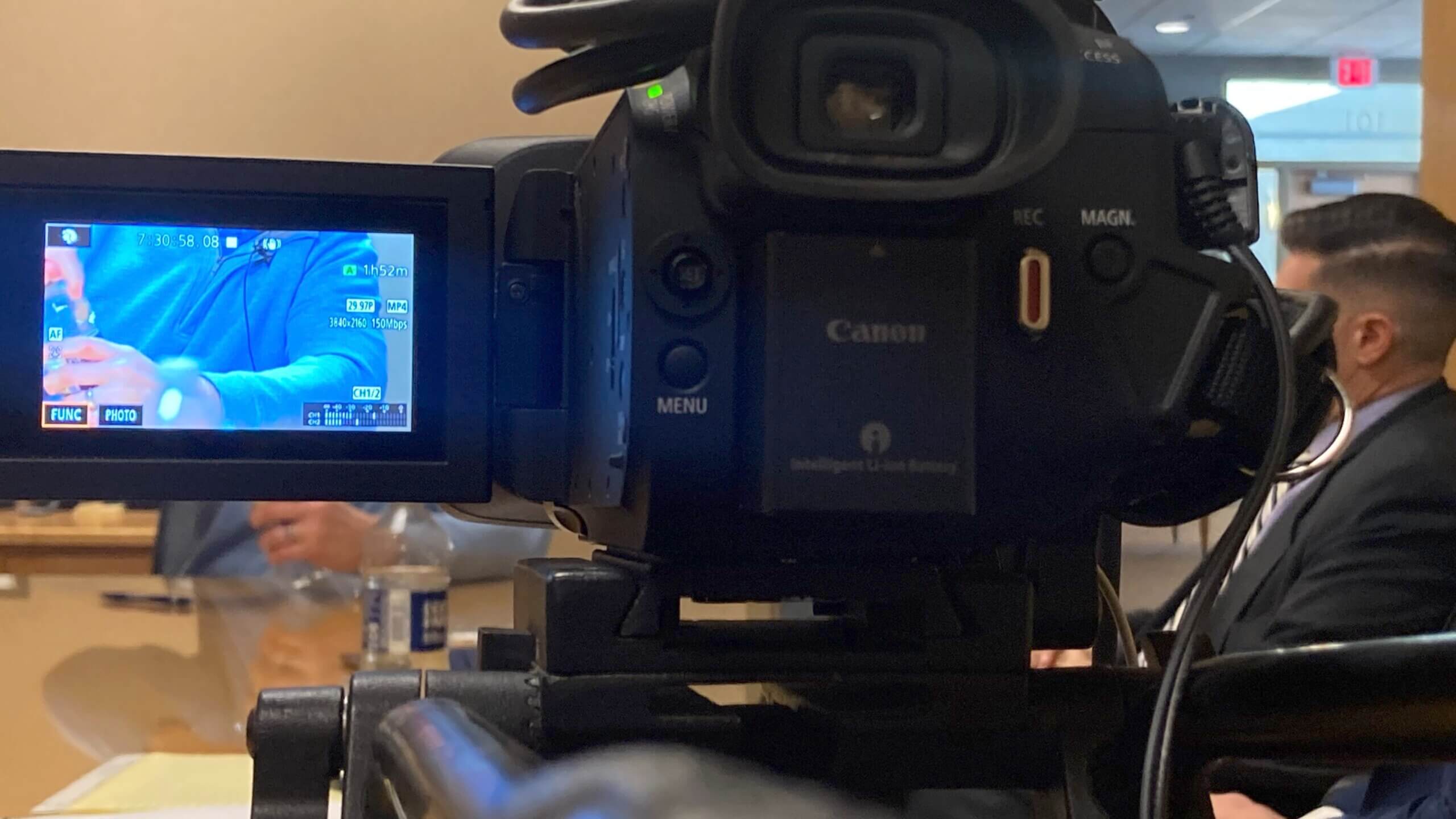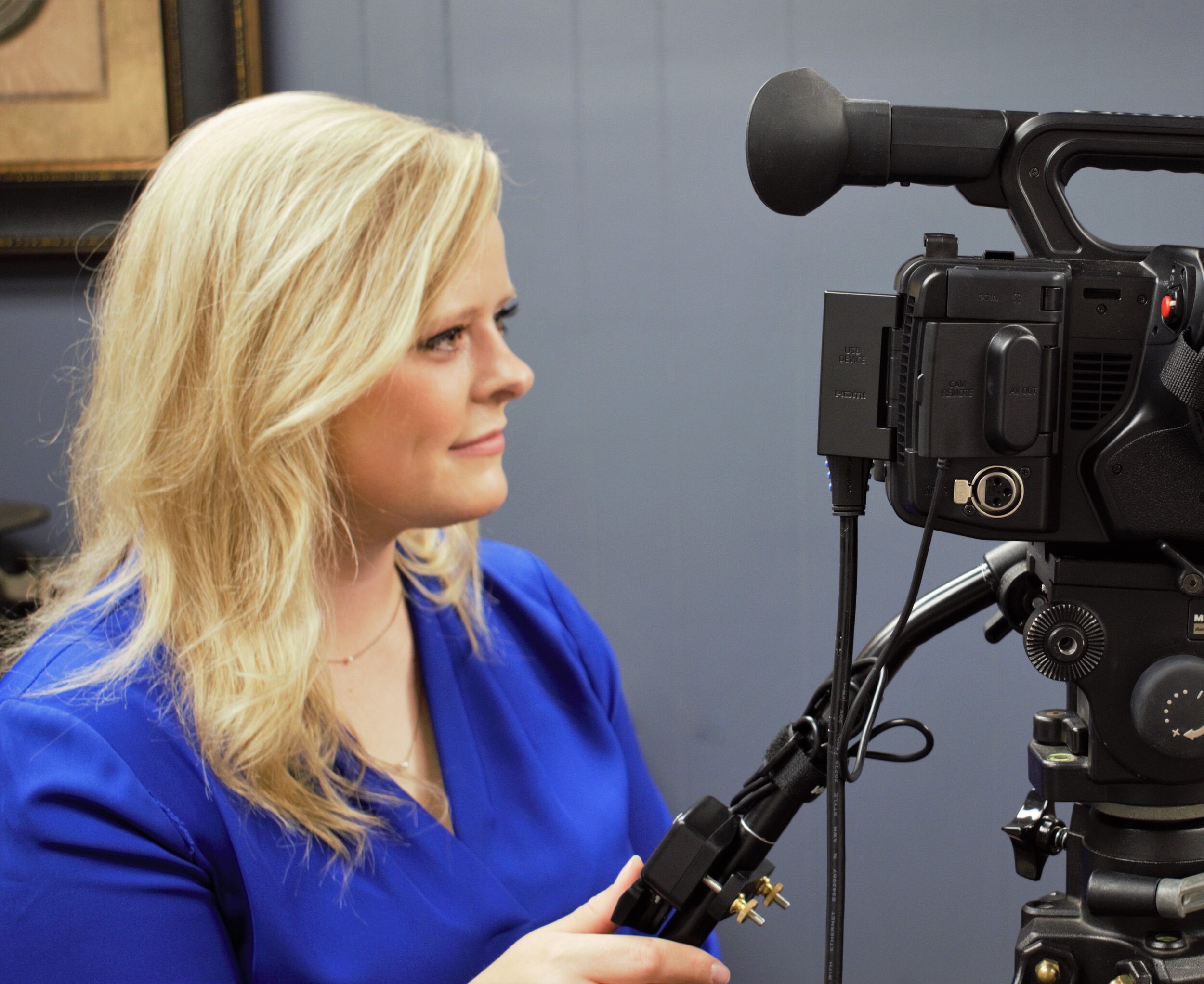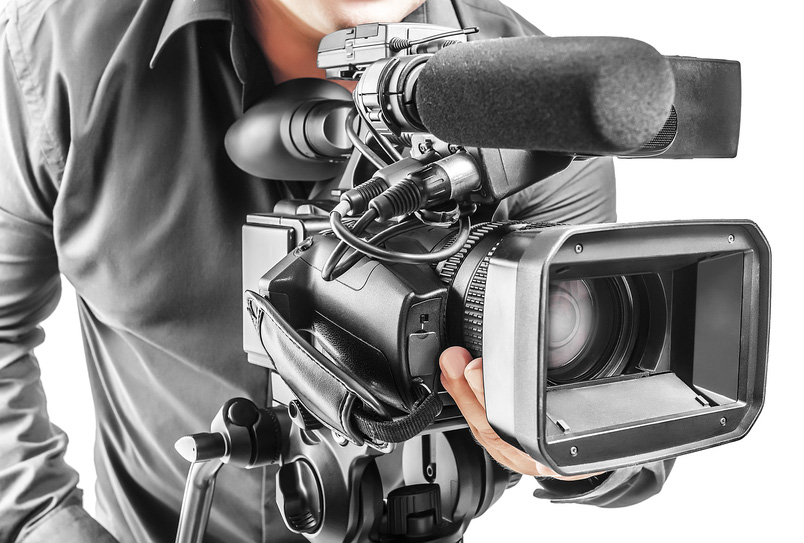Legal Videography: Transforming the Method Proof is Caught and Offered
Legal Videography: Transforming the Method Proof is Caught and Offered
Blog Article
Looking Into the Devices of Legal Videography: Introduction Its Procedure in Safeguarding Genuine Visual Testimony for Judicial Proceedings
In the world of judicial process, the duty of lawful videography stands as a foundation in maintaining and presenting visual proof. As innovation proceeds to development, the devices behind legal videography have actually become increasingly detailed, providing an important layer of authenticity to testaments caught on video clip.
Historical Development of Lawful Videography
Analyzing the historic progression of legal videography exposes a substantial change in the catching and discussion of visual evidence within the legal landscape. In the past, lawful process heavily depended on created photos and records to record occasions and provide evidence. Nevertheless, with the arrival of video innovation, the lawful sector observed a paradigm shift in how visual statement was caught and offered.
The evolution of legal videography can be mapped back to the late 20th century when innovations in video recording devices made it much more obtainable for usage in courtrooms. This technological development not only enhanced the accuracy and reliability of visual proof yet likewise revolutionized the way cases existed to courts and judges (Legal Videography). Attorneys began to acknowledge the persuasive power of video recordings in conveying feelings, nuances, and non-verbal signs that composed records or pictures alone could not capture efficiently

Modern Technology Innovations in Video Documentation
What vital technical improvements have reinvented video clip paperwork in the lawful field? The lawful area has actually seen substantial advancements in video documentation technology that have enhanced the credibility and integrity of aesthetic evidence in judicial proceedings. One of the key developments is high-definition (HD) video recording capabilities, which give crystal-clear images and sharp information that are crucial for properly capturing testimonies, faces, and various other aesthetic hints. Additionally, the assimilation of timestamping and metadata attributes in video documentation tools has actually made it possible for specific documentation of when and where the video was tape-recorded, ensuring the honesty of the evidence offered in court.
Moreover, improvements in video clip encryption and watermarking innovations have actually boosted the safety and security and tamper-proof nature of video clip proof, protecting it versus unauthorized changes or tampering. Additionally, the arrival of cloud storage space remedies and remote gain access to capabilities has structured the storage, retrieval, and sharing of video clip evidence, promoting seamless collaboration amongst attorneys and ensuring reliable access to important visual statements when required. These technical innovations in video documentation have actually undoubtedly transformed the legal field, enhancing the precision, trustworthiness, and admissibility of visual evidence in judicial proceedings.
Duty of Lawful Videographers in Court Room Setups
The development of video documentation modern technology in the lawful area has actually demanded a critical function for lawful videographers in court settings, making sure the integrity and dependability of visual testimonies provided during judicial procedures. Lawful videographers Click Here play a basic role in catching and preserving accurate visual proof that can be critical in litigation. Their obligation expands to establishing equipment, taping proceedings, and generating premium videos that precisely mirror the occasions in the court room.
In courtroom settings, lawful videographers must comply with strict standards and criteria to keep the authenticity of the visual document. They need to have an eager eye for detail and a detailed understanding of lawful treatments to ensure that the video they record is a true depiction of the events that took place. In addition, lawful videographers typically function closely with legal teams to ensure that the video clip evidence lines up with the situation's demands and can be successfully presented in court to support the lawful debates being made. Overall, the function of legal videographers in courtroom settings is important in supporting the concepts of justice and guaranteeing the transparency of lawful process.

Ensuring Admissibility and Honesty of Video Clip Evidence
To keep the trustworthiness of visual proof presented in legal procedures, ensuring the admissibility and integrity of video evidence is a visit their website vital duty for legal videographers. Admissibility refers to the approval of evidence by the court, and for video clip evidence to be admissible, it must meet particular standards. Lawful videographers play a vital role in guaranteeing that the videos they catch conform with the guidelines of evidence, such as authenticity, importance, and reliability.
Honesty of video proof involves maintaining the creativity and precision of the video footage from the moment it is tape-recorded till it exists in court. This consists of safely storing the video documents, recording the chain of custodianship, and check this avoiding any kind of tampering or changes. Lawful videographers need to follow stringent methods to ensure the stability of the video evidence and protect against any kind of difficulties to its authenticity.
Future Trends in Legal Videography
Given the boosting reliance on innovation in legal procedures, lawful videographers are positioned to accept ingenious advancements shaping the future of visual testimony capture and presentation. Among the famous trends coming up is the combination of virtual reality (VR) and boosted fact (AR) innovations right into lawful videography. These modern technologies have the potential to change exactly how aesthetic proof exists in court rooms, enabling discretionary to immerse themselves in the scene of the crime or case.
Additionally, the usage of fabricated intelligence (AI) formulas for video analysis is expected to streamline the process of evaluating and analyzing big quantities of video footage. AI can aid in determining crucial minutes, anomalies, and patterns within video clips, improving the effectiveness of lawful investigations.

Final Thought
To conclude, lawful videography has actually played an essential function in supplying authentic visual proof for judicial process. Via technical advancements and the know-how of lawful videographers, the stability and admissibility of video clip proof are made sure in courtroom settings. As legal videography proceeds to evolve, it will be vital to promote requirements that keep the precision and dependability of visual statement for the future of lawful proceedings.
Examining the historical development of legal videography reveals a significant improvement in the recording and presentation of aesthetic evidence within the lawful landscape.The evolution of video clip documents technology in the legal area has actually required a critical role for legal videographers in courtroom setups, guaranteeing the stability and dependability of visual testaments provided during judicial proceedings. Furthermore, lawful videographers commonly work very closely with lawful teams to ensure that the video evidence lines up with the case's demands and can be properly provided in court to sustain the lawful debates being made.To maintain the integrity of visual evidence presented in lawful proceedings, making certain the admissibility and integrity of video evidence is an essential responsibility for lawful videographers. As legal videography continues to progress, it will certainly be vital to support standards that keep the accuracy and dependability of visual statement for the future of lawful proceedings.
Report this page